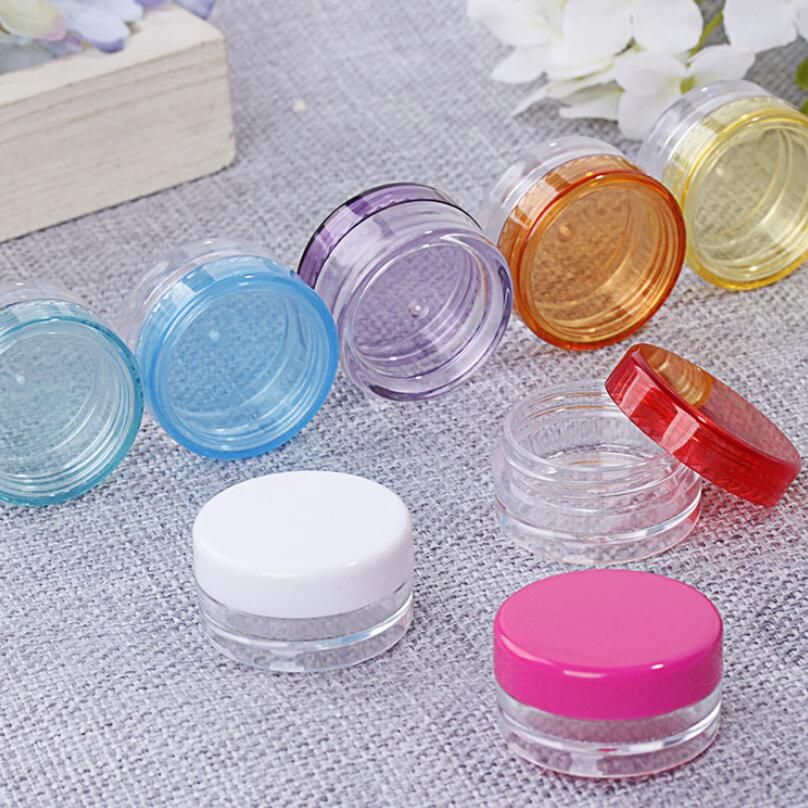
The global cosmetic jar market size is anticipated to reach US$ 7,020 million by 2033. It attained a valuation of around US$ 4,338 million in 2023. The market is estimated to showcase a CAGR of 4.9% during the assessment period from 2023 to 2033.
This growth is driven by several key factors, including the increasing demand for premium and personalized cosmetic products, rising consumer awareness about sustainable packaging solutions, and advancements in packaging technologies. Consumers are showing a growing preference for aesthetically pleasing and functional packaging, which is propelling manufacturers to innovate and diversify their product offerings.
Additionally, the surge in e-commerce and online beauty retailing has amplified the need for durable and visually appealing cosmetic jars to enhance product presentation and protect contents during transit. The expanding middle-class population, particularly in emerging economies, coupled with the rising disposable income, is further fueling the market growth. Moreover, the influence of social media and beauty influencers is significantly impacting consumer purchasing decisions, leading to an increased demand for high-quality and attractive packaging solutions.
Key Takeaways of Global Cosmetic Jar Market:
- The global cosmetic jar market was valued at US$ 4,145 million at the end of 2022.
- The United States is expected to create a total monetary potential of US$ 572 million in the forecast period and expand at a CAGR of 8%.
- India is estimated to be the dominant country in South Asia’s cosmetic jar industry, with a share of around 39% in 2023.
- China’s cosmetic jar industry will likely exhibit a CAGR of 3% in the evaluation period.
- In terms of material, the glass segment will likely witness a CAGR of 5% in the estimated period.
“Customers are accepting products packaged in reusable containers and are becoming more conscious of environmentally friendly disposable solutions. To keep up with this new trend, the cosmetics & personal care business is producing jars made primarily of recycled plastic, metal, and glass—all of which are environmentally benign materials,” says a Senior Consultant Ismail Sutaria in Packaging at Future Market Insights (FMI).
Cosmetic Brands to Use Attractive Cosmetic Jars as Differentiating Tools
Packaging acts as a silent sales representative, especially in the case of cosmetics & personal care brands. Over the years, the purpose of packaging has changed from just protecting and ensuring the easy transportation of products.
In today’s world, packaging is viewed as a key differentiating factor for leading cosmetic brands. Eye-catching designs and graphics on cosmetic packaging products such as jars, bottles, and tubes would propel sales of cosmetic products.
The packaging of the product helps customers understand the product and its contents. Moreover, it differentiates products of one particular brand from competitor brands.
Along with that, it also helps to trigger impulse buying on online platforms as well as physical stores. Over the last decade, globally renowned players in the cosmetics & personal care industry have mainly focused on marketing and enhancing their brand visibility by making their packaging a key differentiator from other brands. All these factors are contributing to the rising demand for cosmetic jars.
Get in Touch with Our Sales Team to Secure Your Copy of the Report Now!
Competitive Landscape
Berry Global, Inc., Quadpack, Gerresheimer AG, Yonwoo Co. Ltd., Hopf Packaging GmbH, H&K Müller GmbH & Co. KG, CORPACK GMBH, Plásticos FACA S.A., LUMSON S.p.A, Frapak Packaging, HCP Packaging, HCT Group, Jiangsu Rongtai Glass Products Co., Ltd., Stoelzle Glass Group, Taiwan K.K. Corporation, FH Packaging, Hangzhou Lecos Packaging Co. Ltd, Pumtech Korea Co., Ltd, Libo Cosmetics Company, Ltd., and others are prominent players in the global cosmetic jar market. The Tier 1 players in the market hold 10% to 15% share in the global cosmetic jar industry.
For instance,
- In July 2023, Quadpack announced the release of an improved 50 ml Regula Prestige Airless Jar featuring a PP pump and a recyclable PET jar and cap.
- In September 2022, in collaboration with Ingreendients®, Berry Global announced the introduction of personal care containers composed entirely of recycled plastic.
Cosmetic Jar Market Outlook by Category
By Material:
- Plastic
- Metal
- Glass
- Others
By Capacity:
- Small (5 ml to 50 ml)
- Medium (51 ml to 100 ml)
- Large (101 ml to 500 ml)
- Others ( >500 ml)
By End-use:
- Skin Care
- Hair Care
- Makeup
- Others
By Region:
- North America
- Latin America
- Europe
- East Asia
- South Asia
- Middle East & Africa
- Oceania
About Future Market Insights Inc. (FMI)
Future Market Insights, Inc. (ESOMAR certified, recipient of the Stevie Award, and a member of the Greater New York Chamber of Commerce) offers profound insights into the driving factors that are boosting demand in the market. FMI stands as the leading global provider of market intelligence, advisory services, consulting, and events for the Packaging, Food and Beverage, Consumer Technology, Healthcare, Industrial, and Chemicals markets. With a vast team of over 400 analysts worldwide, FMI provides global, regional, and local expertise on diverse domains and industry trends across more than 110 countries.
Contact Us:
Future Market Insights Inc.
Christiana Corporate, 200 Continental Drive,
Suite 401, Newark, Delaware – 19713, USA
T: +1-845-579-5705
For Sales Enquiries: sales@futuremarketinsights.com
Website: https://www.futuremarketinsights.com
LinkedIn| Twitter| Blogs | YouTube




